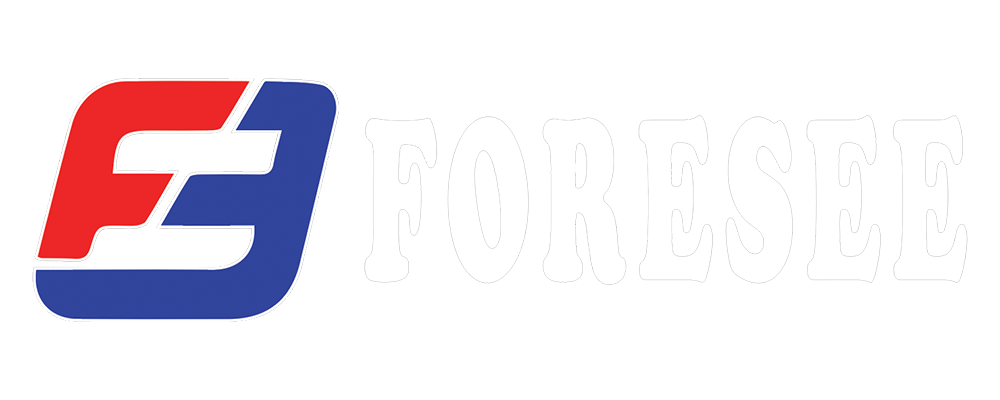Installing fittings onto hoses is common in various industries, such as automotive, plumbing, and industrial machinery. The process involves connecting a fitting, which can be a connector, adapter, or coupling, to the end of a hose. Here are general steps to guide you through the process:
Materials and Tools You Will Need:
- Hose
- Fitting(s)
- Hose clamp(s)
- Lubricant or edible oil
- Hose cutter or utility knife
- Screwdriver, pliers, or wrench (for hose clamps)
- Safety gloves (recommended)
Steps to Install Fittings onto Hoses:
-
Select the Correct Fitting: Ensure that you have the appropriate fitting for your hose and the intended application. Fittings come in various shapes, sizes, and types, so choose the one that matches your needs.
-
Prepare the Hose: If your hose is too long or has any damaged sections, use a hose cutter or a utility knife to cut it to the desired length. Make a clean, straight cut to ensure a proper seal.
-
Inspect the Hose End: Check the end of the hose for any debris, burrs, or irregularities. It should be clean and smooth.
-
Lubricate: Some hoses and fittings may require lubrication to ease installation. Check the manufacturer's recommendations for the specific product you are working with.
-
Attach the Hose Clamp(s): Position the clamp(s) on one end of the hose.
-
Insert the Hose: Slide the open end of the hose onto the fitting. If it's a snug fit, you may need to apply a lubricant or edible oil on the fitting to help the hose slide onto the fitting more easily.
-
Push the Hose All the Way On: Ensure that the hose is pushed all the way onto the fitting until it reaches the stop or flange. This ensures a proper seal and prevents leaks.
-
Secure with Hose Clamp(s): Position the clamp(s) over the hose and fitting connection, then tighten it using a screwdriver, wrench, or pliers (depending on the type of clamps used). Make sure it is snug but not overly tight to avoid damaging the hose.
-
Check for Leaks: After installation, inspect the connection for any signs of leaks, such as dripping water or fluid. If you notice a leak, check the fitting and hose connection for any issues, and adjust or tighten the clamp if necessary.
-
Test the Assembly: If applicable, conduct a test to ensure that the hose and fitting assembly functions as intended. This may involve applying pressure or fluid to the system.
-
Secure Any Other End: If you have another end of the hose to connect to another fitting or component, repeat the above steps for that end as well.
Always follow the manufacturer's recommendations and guidelines when installing fittings onto hoses, as the specific requirements may vary depending on the type of hose and fitting you are working with. Additionally, ensure that the assembly complies with any safety regulations and standards relevant to your application.

Recent post